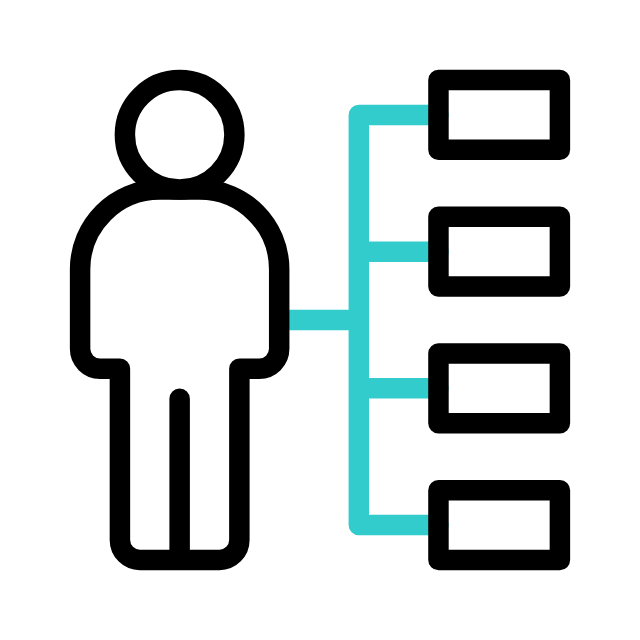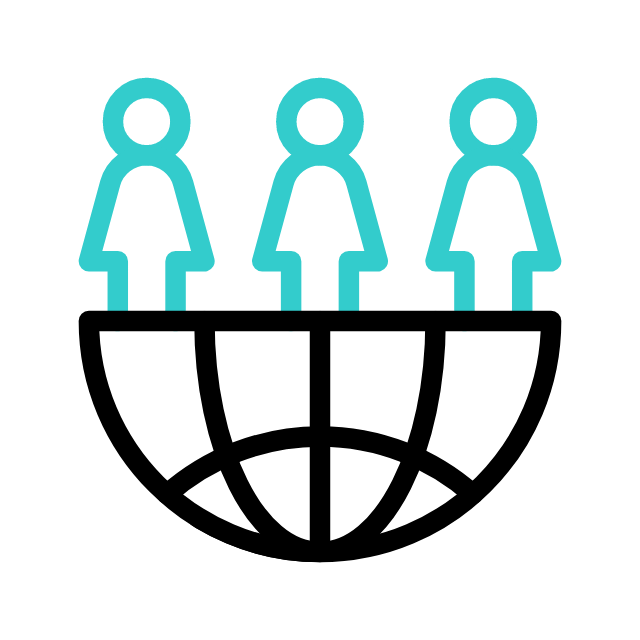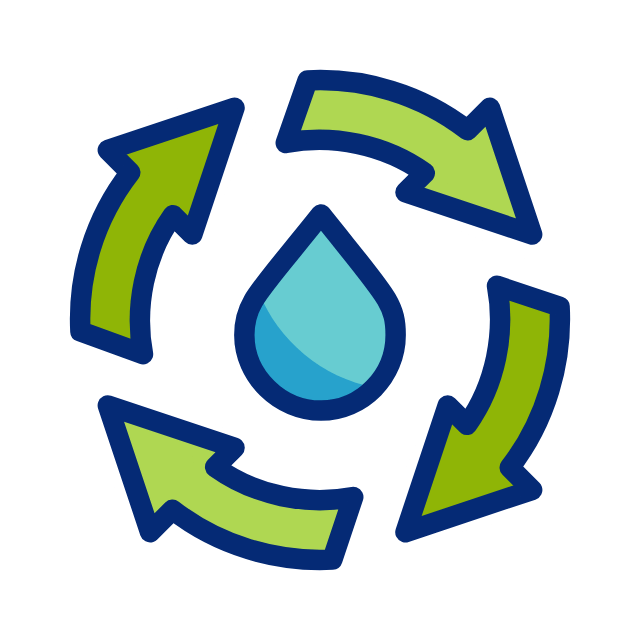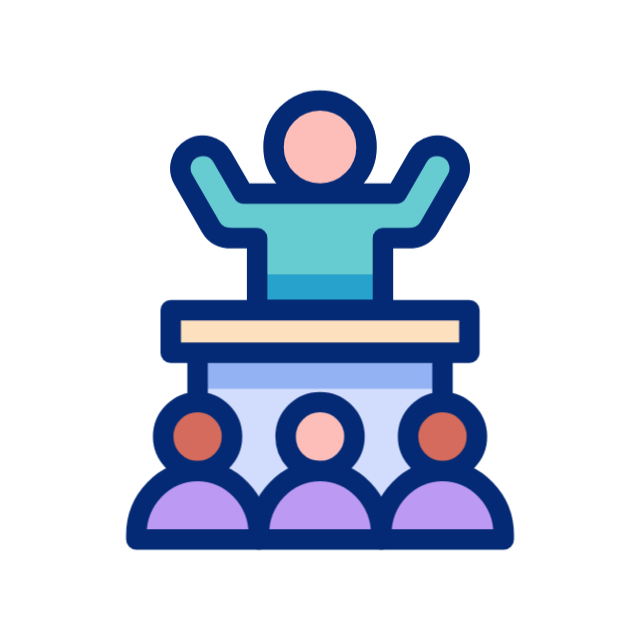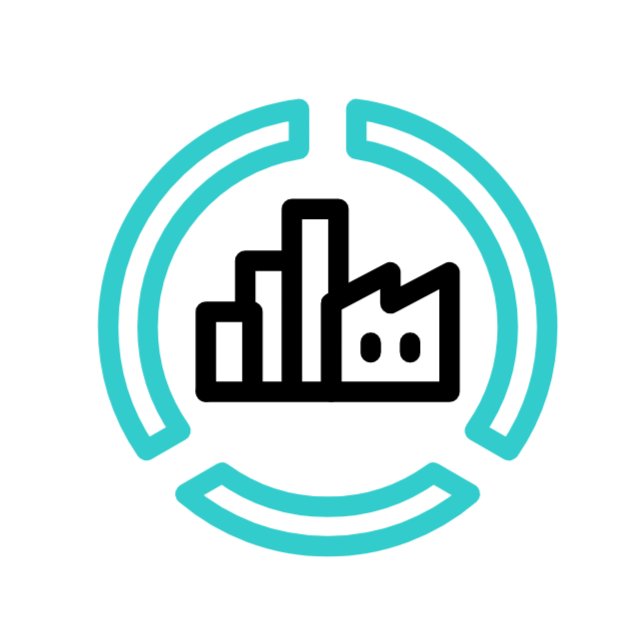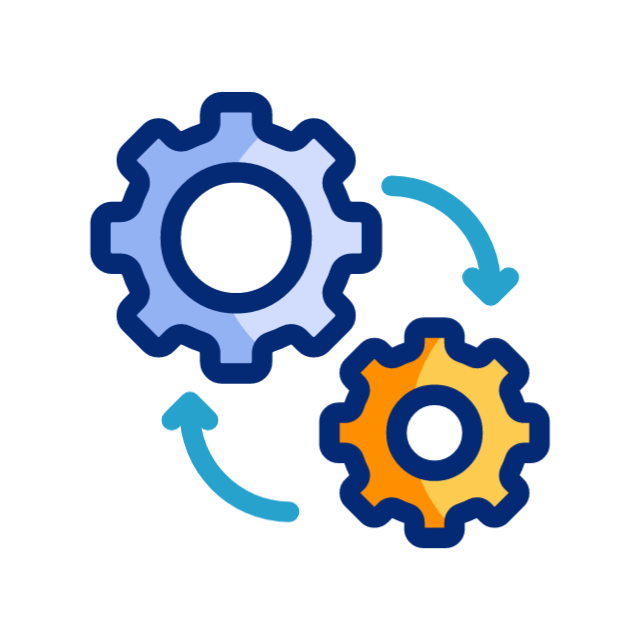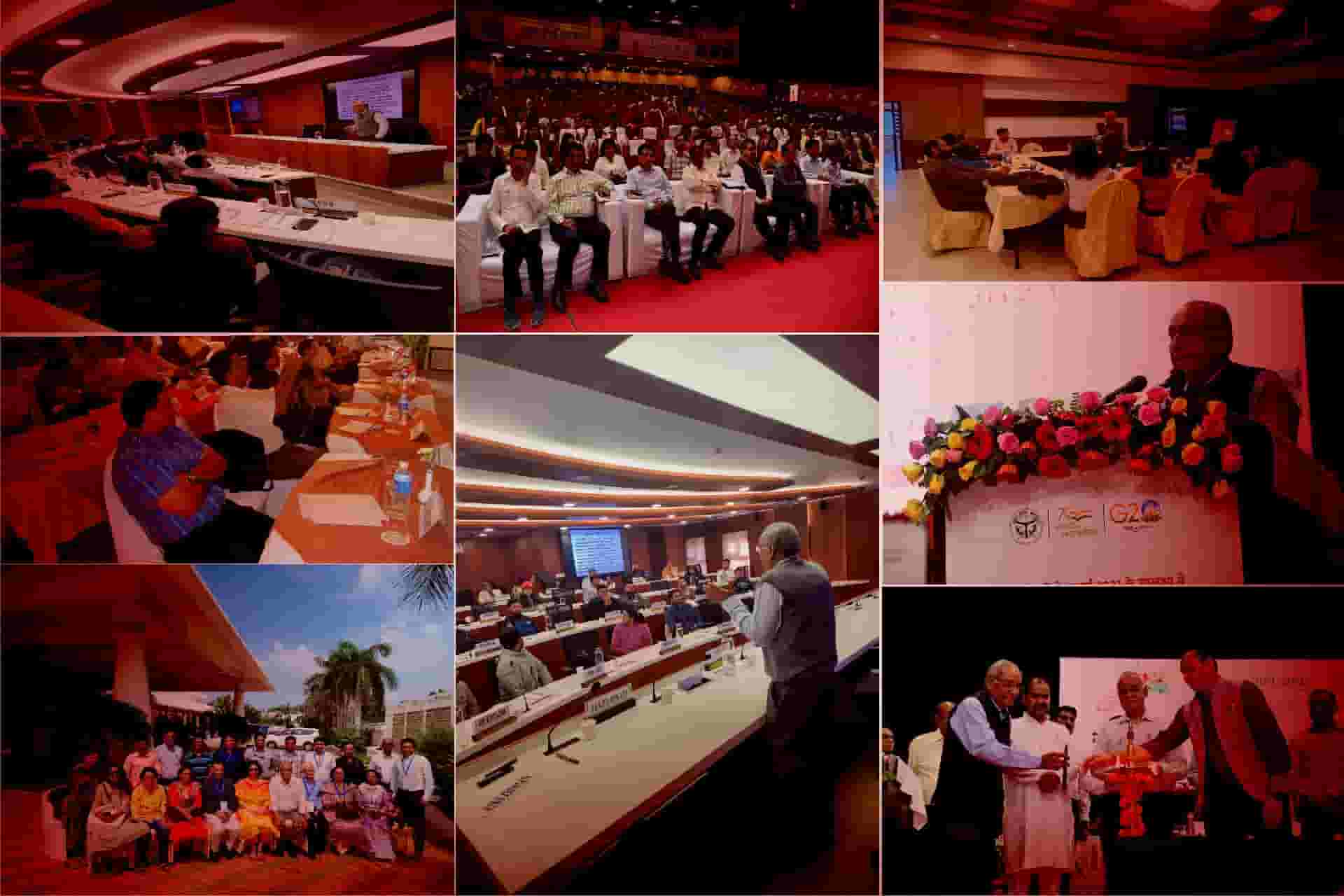Productivity promotion refers to initiatives, strategies, and activities aimed at enhancing the efficiency and effectiveness of individuals, teams, and organizations. These initiatives can include training programs, process improvements, the adoption of new technologies, and cultural changes to foster a more productive work environment. Here are the key benefits of productivity promotion:
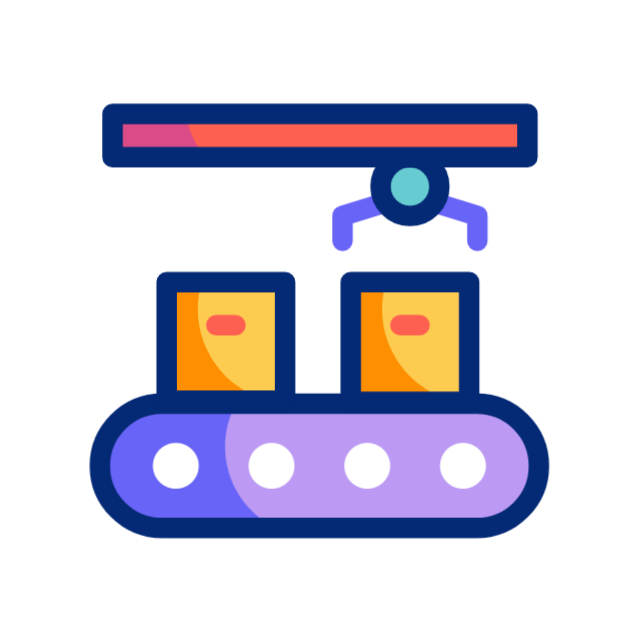
Benefits of Productivity Promotion
Benefits to Organizations:
- Increased Efficiency:
- Optimized Processes: Streamlining workflows and eliminating bottlenecks lead to faster and more efficient operations.
- Resource Utilization: Better use of resources, including time, materials, and manpower, reduces waste and maximizes output.
- Cost Savings:
- Reduced Operational Costs: Improved productivity often results in lower operational costs due to more efficient use of resources and reduced waste.
- Higher Profit Margins: Increased productivity can lead to higher profit margins by lowering costs while maintaining or increasing output.
- Enhanced Competitiveness:
- Market Positioning: More productive organizations can offer better products and services at competitive prices, enhancing their market position.
- Innovation: Higher productivity often frees up resources that can be invested in research and development, fostering innovation.
- Better Quality:
- Consistent Output: Improved processes and better resource management lead to more consistent and higher-quality products and services.
- Reduced Errors: Enhanced productivity often includes measures to reduce errors and defects, leading to higher overall quality.
- Faster Time-to-Market:
- Speed: Streamlined processes and efficient operations can significantly reduce the time needed to develop and bring new products or services to market.
- Responsiveness: Increased productivity enables quicker responses to market changes and customer demands.
- Employee Engagement and Retention:
- Job Satisfaction: Employees who work in productive environments with clear goals and efficient processes tend to be more satisfied and engaged.
- Retention: Higher job satisfaction and engagement levels can lead to lower turnover rates.
- Sustainability:
- Eco-Friendly Practices: Productivity improvements often include measures to reduce waste and energy consumption, supporting sustainability initiatives.
- Long-Term Growth: Increased productivity supports sustainable growth by improving the organization’s ability to scale and adapt.
Benefits to Employees:
- Skill Development:
- Training Opportunities: Productivity promotion often involves training and development programs that enhance employees’ skills and competencies.
- Career Advancement: Employees can leverage new skills and improved productivity to advance their careers within the organization.
- Job Satisfaction and Morale:
- Clear Objectives: Working in an environment with clear goals and efficient processes can increase job satisfaction and morale.
- Reduced Stress: More efficient workflows and better resource allocation can reduce work-related stress and burnout.
- Recognition and Rewards:
- Incentives: Productivity initiatives often include recognition and reward systems that acknowledge and incentivize high performance.
- Achievement: Employees gain a sense of achievement and motivation when they can work efficiently and see tangible results from their efforts.
- Work-Life Balance:
- Efficiency Gains: Increased productivity can lead to better work-life balance by allowing employees to complete their tasks more efficiently, reducing the need for overtime.
- Flexibility: Improved productivity may enable more flexible working arrangements, such as remote work or flexible hours.
Overall Benefits:
- Organizational Culture:
- Culture of Excellence: Promoting productivity fosters a culture of continuous improvement and excellence within the organization.
- Collaboration: Productivity initiatives often encourage better collaboration and teamwork, improving overall organizational cohesion.
- Financial Performance:
- Revenue Growth: Increased productivity can directly contribute to higher revenue through more efficient operations and increased output.
- Profitability: Better resource management and reduced costs enhance overall profitability.
- Customer Satisfaction:
- Quality and Timeliness: Higher productivity leads to better quality products and services delivered in a timely manner, enhancing customer satisfaction.
- Customer Retention: Satisfied customers are more likely to remain loyal and continue doing business with the organization.
- Resilience and Adaptability:
- Agility: Organizations with a focus on productivity are better equipped to adapt to changes and disruptions, maintaining resilience in the face of challenges.
- Competitive Edge: Continuous productivity improvements ensure that the organization remains competitive and can quickly respond to new opportunities.
In summary, productivity promotion provides significant benefits for both organizations and employees. It enhances efficiency, reduces costs, and improves quality, competitiveness, and customer satisfaction. For employees, it offers opportunities for skill development, job satisfaction, and better work-life balance. Overall, fostering a culture of productivity leads to sustainable growth and long-term success.




